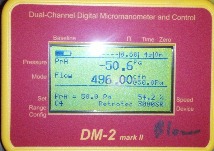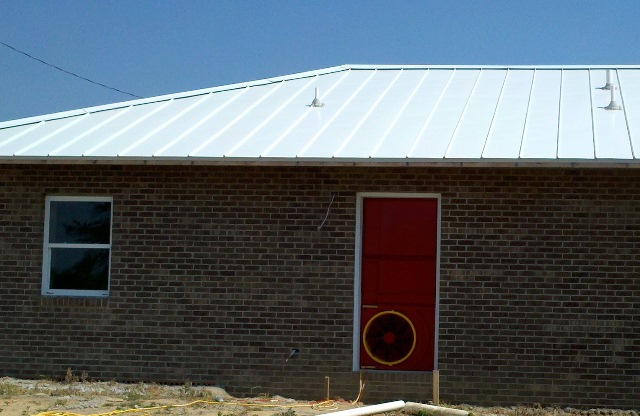 ACH or ACH50 stands Air Changes per Hour. It is a standardized measurement using a calibrated blower door designed to see how leaky a home or building is. While the test & many of the terms are a popular means of expressing leakage, they can also be very misleading.
ACH or ACH50 stands Air Changes per Hour. It is a standardized measurement using a calibrated blower door designed to see how leaky a home or building is. While the test & many of the terms are a popular means of expressing leakage, they can also be very misleading.
ACH is derived using a blower door setup to depressurize the house by 50 Pa (Pascals) with respect to the outside. When this mark is reached one reads off how many Cubic Feet of air are required per Minute (CFM) to keep it at that pressure. In order to get the ACH number you simply multiply that number by 60 and divide that number by the total volume of the conditioned space. For example a 1500 SF ranch house with 8’ ceilings has a volume of 12,000 Cubic Feet of Air. If the CFM reading is 1200 CFM and you multiply that by 60 you get 72,000. Dividing 72,000 into 12,000 would equal 6 ACH.

|
Codes & Programs:
The 2009 IRC requires all houses to be at 7 ACH or less which isn’t that difficult as most quality builders are already hitting 2.5 to 5 ACH. ENERGY STAR bases their requirements on one’s climate zone as shown in the picture below. The 2012 IECC also took a similar tact and requires all homes in Climate Zones 1 & 2 to be at 5 ACH or better, while the rest of the US needs to be at 3 ACH or less. 
PassivHaus has the strictest requirement which requires a 0.6 ACH. California’s 2013 Title 24 program appears to be adopting 3 ACH across the board. ENERGY STAR Canada requires a 2 or 2.5 depending on one’s location while their R-2000 program shoots for 1.5.
|


